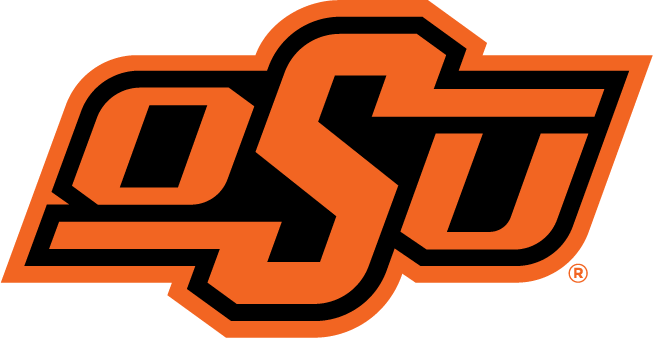
Here’s how it happened
Oklahoma State University Center for Health Sciences was growing rapidly. Adding students, campuses, and medical centers meant their facilities department was busy. The Facilities Management staff tripled to manage the medical center campus and the OSU Tulsa branch campus.
The school’s legacy facilities management system was cumbersome and rigid for the expanding campus. It also lacked centralization, creating inefficiencies and making departmental collaboration more difficult. It made billing for their services difficult.
Facilities teams needed an easier-to-use software that allowed for more customization and communication. With the previous system, the team had to adopt workarounds. These inefficiencies became untenable as the campus grew.
Their goals were to improve work order transparency, increase efficiency, create an easier billing process, and improve communication.
Challenges
One of the biggest challenges for facilities was effectively coordinating their billing for facilities work. Without a centralized platform, it was hard to ensure that work was completed on time, to the right standards, and with all parties informed. The Facilities Management team at OSU knew they had to find a user-friendly solution.
Additionally, legacy software inefficiencies forced them to track data manually, resulting in limited insights, performance metrics, work order progress, and preventive maintenance effectiveness. Staff wanted a better way to track KPIs, allowing them to plan more effectively.
FMX: The solution
With FMX, Oklahoma State University found the modular flexibility it sought and helped streamline its facilities management operations across both the medical center and the Tulsa campus. They found customization options fit for the university’s needs. Teams now have a centralized platform for submitting work orders, scheduling preventive maintenance, tracking work history, managing project requests, and oversight into security requests.
They also improved collaboration with external teams. Contractors directly access FMX to view and manage their assigned tasks. This reduces back-and-forth communication, increasing their efficiency and shrinking turnaround times.
“It could be weeks or even months of working with a contractor to fix a problem,” said Tyler Thompson, Director of Building Operations and Chief Engineer. “We’re able to track everything now, and we have a lot of contractor buy-in. We’ve uploaded their emails, and we’re even communicating back and forth through FMX to get problems resolved. It gives us better oversight. We’re adding POs, recs, quotes, and pictures into FMX, and that’s been amazing.”
Competitors and sales processes
Before settling on FMX, they evaluated other systems like AkitaBox and Maximo. While evaluating these solutions, staff found that many of their features overlapped with the school’s existing software. In addition to wanting to avoid paying for duplicate features, OSU gained confidence from FMX’s sales team and demo.
“Once we were able to sit everyone down and give them demos of FMX, it was pretty easy to get buy-in since this system is much easier to customize and make it work exactly how we want,” said Thompson.
The staff was also impressed with the solution’s expedited sales cycle. With a Co-Op through TIPS, they were able to speed up and simplify the purchasing process instead of going through a more traditional, drawn-out bidding process.
Results and benefits
FMX increased collaboration and provided the university with more detailed data and insights. This newfound visibility allowed the facilities team OSU Center for Health Sciences and Tulsa to monitor key metrics like response times, external and internal work order completion rates, and equipment usage. The facilities team made more data-driven decisions, unlocking more efficient operations.
Integration and implementation
During implementation and after, FMX offered personalized support and assistance when configuring the system to optimize workflows. This hands-on approach addressed the university’s unique requirements while remaining user-friendly.
“What’s been great is the partnership,” said Thompson. “The weekly or bi-weekly meetings. We’ve had software we’ve implemented, and there is not a lot of back-end support for figuring things out. It’s (FMX) has been one of the smoother implementations.”
The university simplified maintenance management across its campuses and enhanced communication. This effort has helped enhance the experience for staff, contractors, and the wider university community.